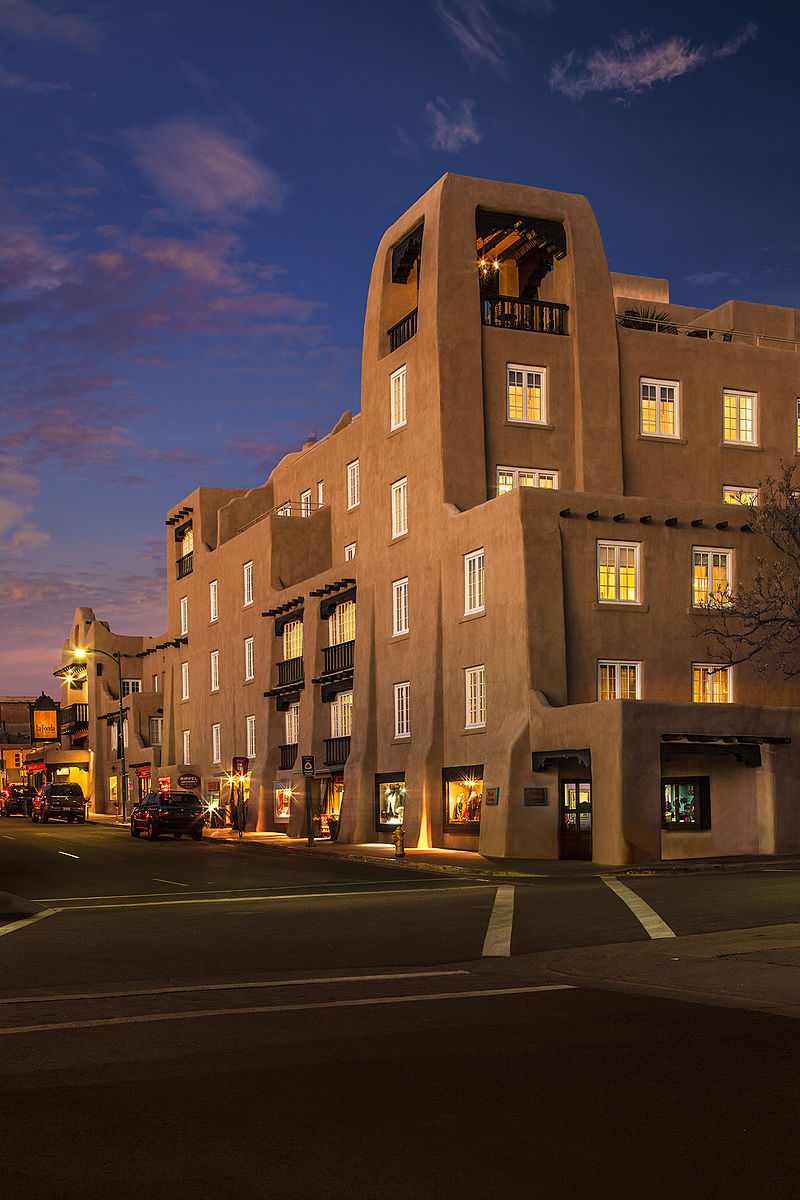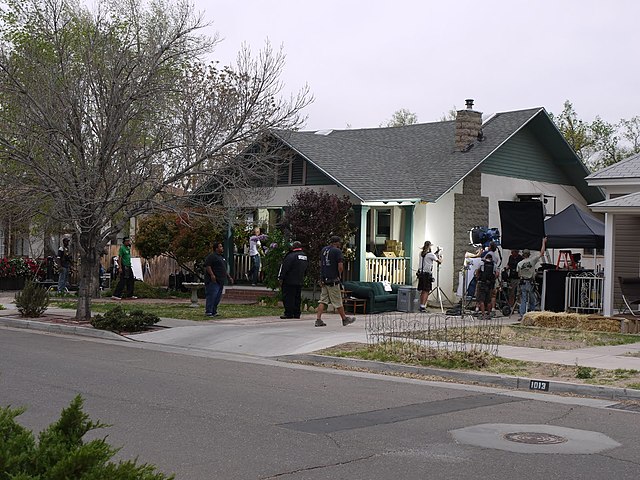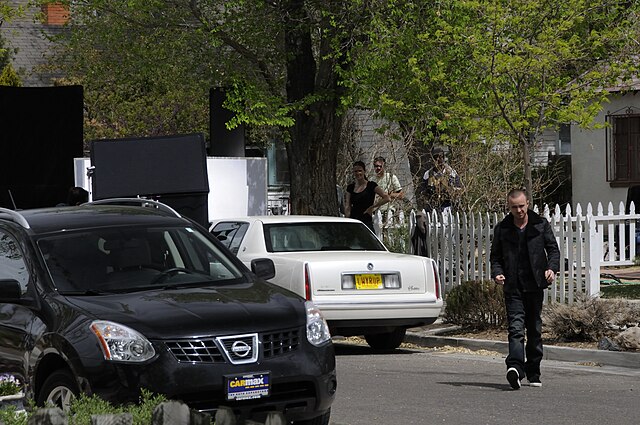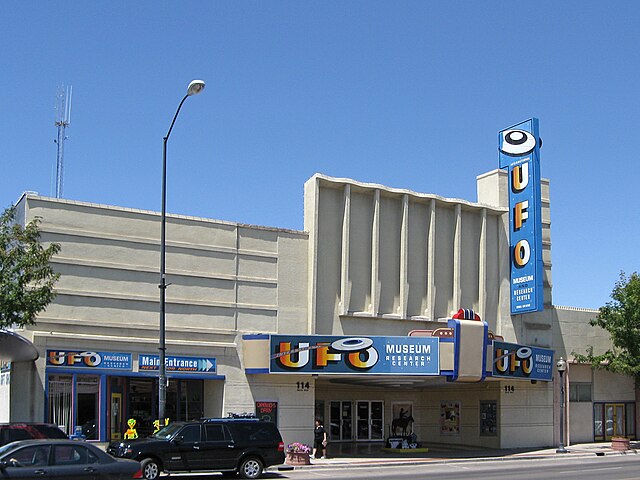Albuquerque is a city where tradition meets innovation, and nowhere is this more evident than in its architecture. The city boasts a diverse range of architectural styles, from the traditional adobe structures that echo its rich cultural history to sleek modern designs that showcase contemporary creativity. Whether you’re an architecture enthusiast or just someone who appreciates beautiful buildings, exploring Albuquerque’s unique architectural landscape is a fascinating journey.
Adobe Architecture: A Glimpse into the Past
Walking through Old Town Albuquerque, you can’t help but be captivated by the adobe architecture. These earthy, sun-dried brick structures are not only beautiful but also practical, keeping interiors cool in the summer and warm in the winter. One of my favorite spots is the San Felipe de Neri Church, built in 1793. Its thick adobe walls and classic bell towers are a testament to the city’s Spanish colonial roots. Strolling through the area, you can see how this style has influenced many homes and buildings, blending seamlessly with the desert landscape.
Pueblo Revival: A Modern Take on Tradition
Pueblo Revival architecture is another hallmark of Albuquerque. Inspired by traditional Pueblo Indian structures and Spanish missions, this style features rounded edges, flat roofs, and vigas (wooden beams). A great example is the Albuquerque Museum, where contemporary design meets traditional elements. I love visiting this museum not just for its exhibits but also to admire its architectural beauty. The blend of old and new creates a unique aesthetic that feels both timeless and modern.
Mid-Century Modern: Sleek and Stylish
Albuquerque also has a rich collection of mid-century modern architecture. This style, characterized by clean lines, large windows, and open spaces, emerged in the post-World War II era. The Hoffmantown neighborhood is a treasure trove of mid-century homes. Driving through this area, I’m always struck by the simplicity and elegance of the designs. These homes often incorporate natural materials and emphasize indoor-outdoor living, making them perfect for Albuquerque’s sunny climate.
Contemporary Innovations: Pushing Boundaries
In recent years, Albuquerque has seen a surge of contemporary architectural projects that push the boundaries of design. The Albuquerque Rail Yards, once an industrial hub, has been transformed into a dynamic space for art, culture, and community events. The sleek, industrial aesthetic of the renovated buildings is a striking contrast to the historic adobe structures of Old Town.
Sustainable Architecture: Building for the Future
Sustainability is becoming a key focus in Albuquerque’s architectural scene. The Innovation Academy for a Multicultural Environment (I.A.M.E.) is a pioneering example of green building in the city. This LEED-certified building incorporates solar panels, rainwater harvesting, and energy-efficient systems. Visiting I.A.M.E., I’m inspired by how architecture can contribute to environmental sustainability while still being aesthetically pleasing. It’s exciting to see how Albuquerque is leading the way in sustainable design.
Exploring Albuquerque’s Architectural Diversity
Exploring Albuquerque’s diverse architecture is like taking a journey through time and culture. From the rustic charm of adobe buildings to the sleek lines of modern designs, the city’s architecture tells a story of tradition, innovation, and adaptation. Whether you’re wandering through historic neighborhoods, visiting museums, or checking out the latest contemporary projects, there’s always something new to discover.
So next time you’re in Albuquerque, take a moment to look around and appreciate the architectural beauty that makes this city unique. Whether you’re an avid architecture buff or just someone who loves exploring new places, Albuquerque’s buildings offer a fascinating glimpse into the past, present, and future of this vibrant city.





